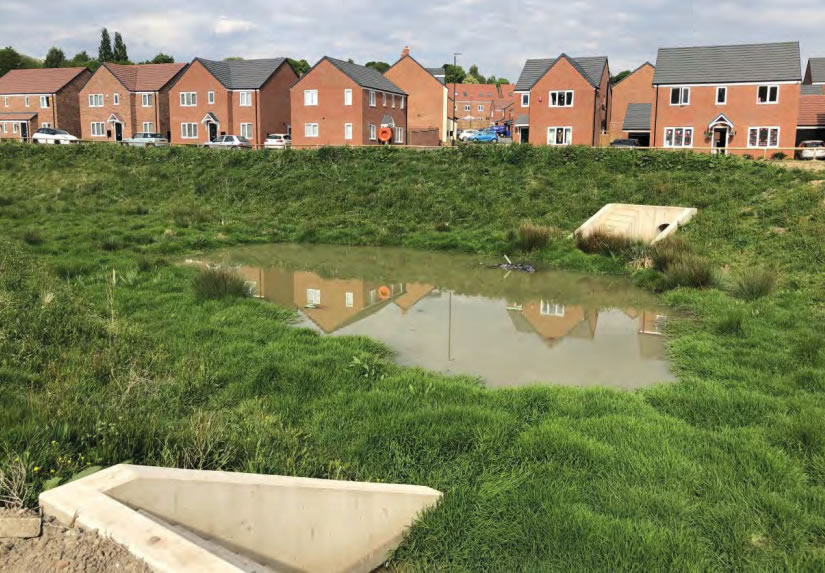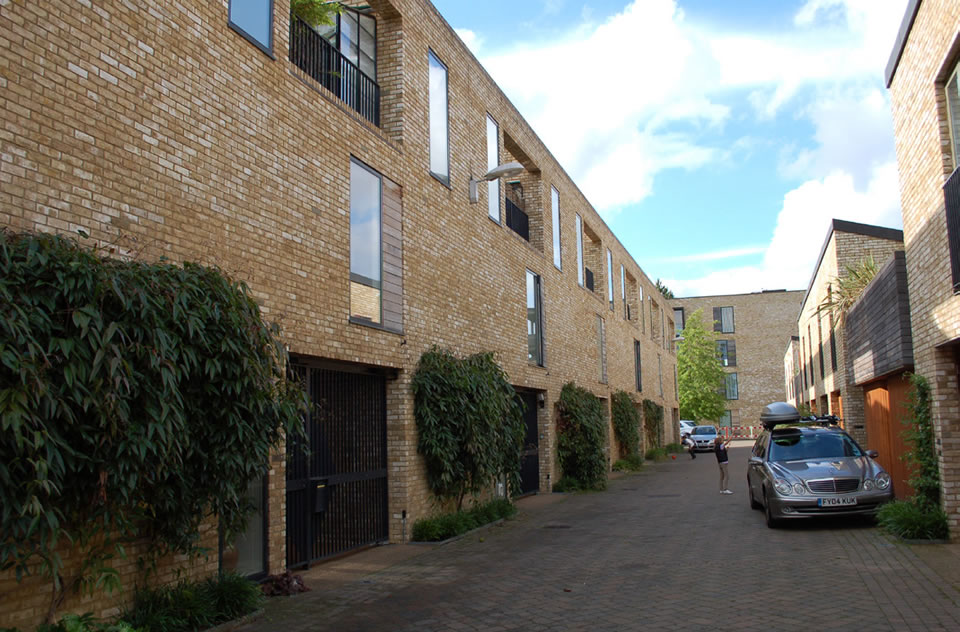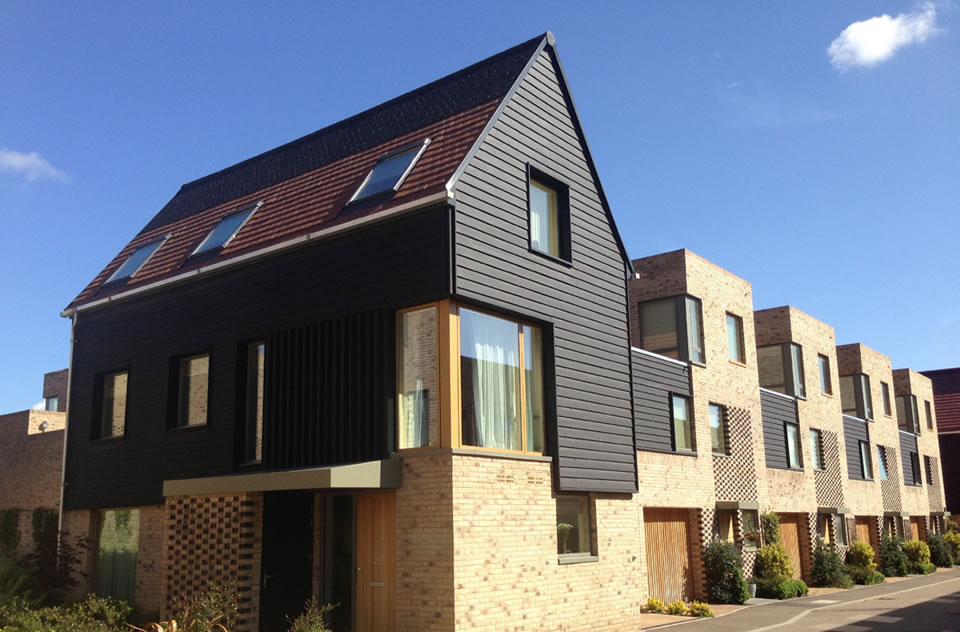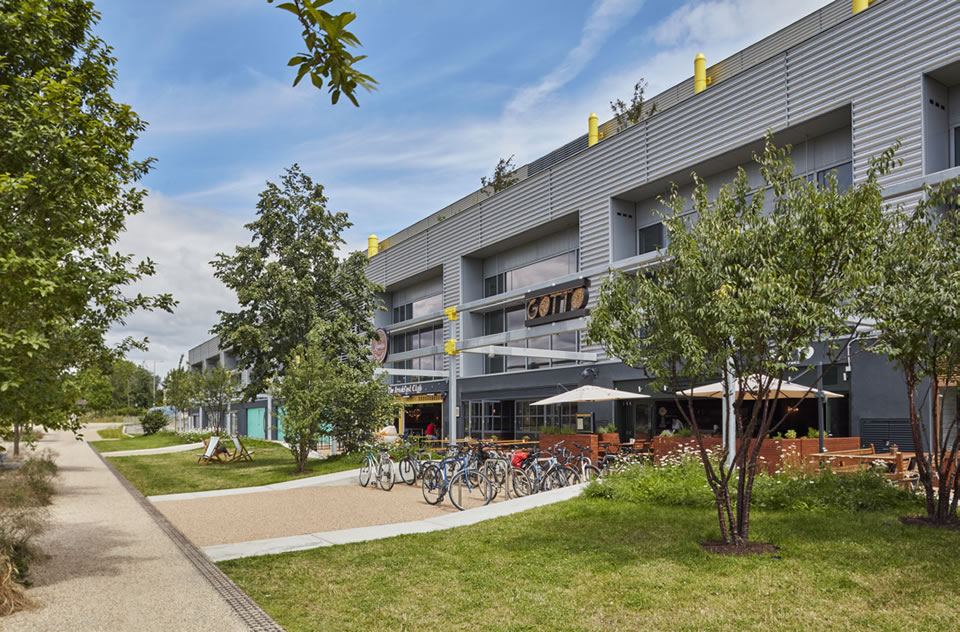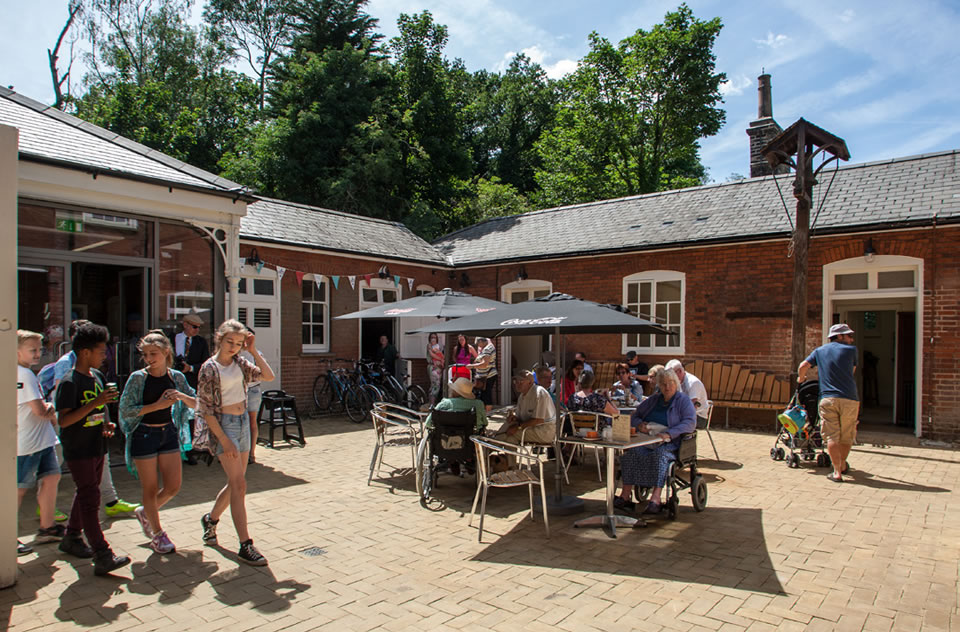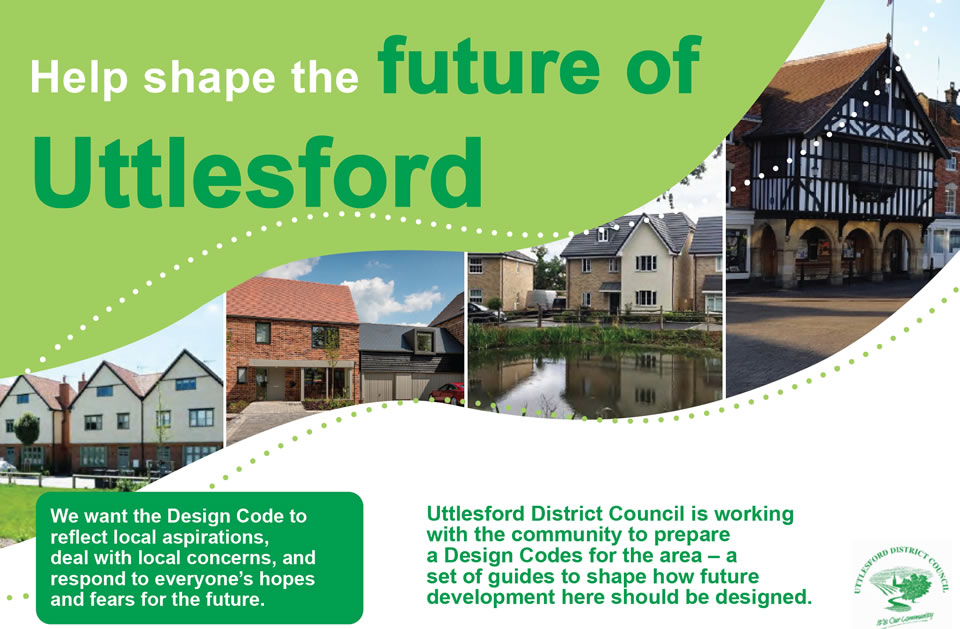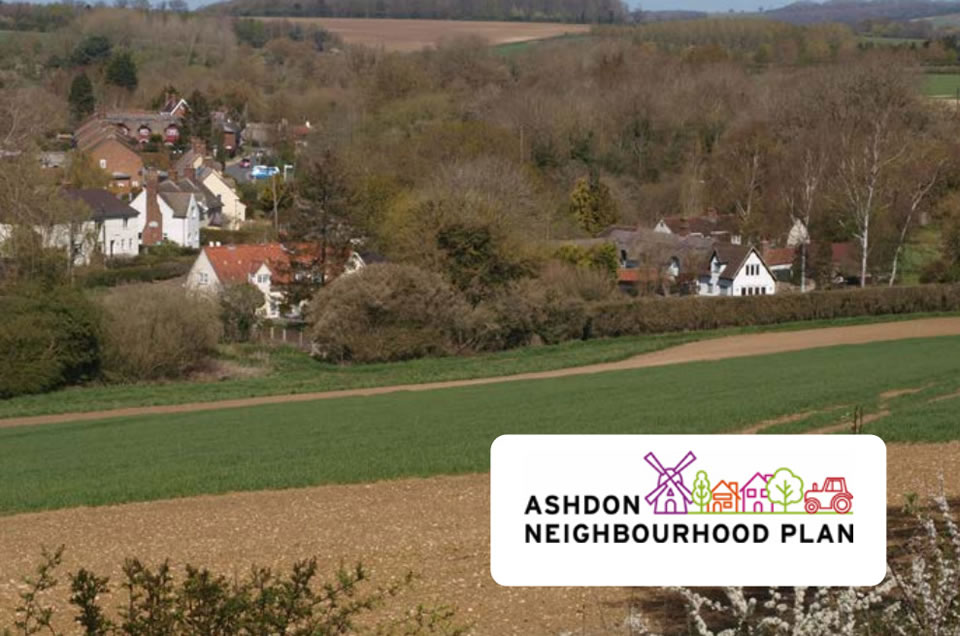Lifespan
A successful place will sustain its beauty over a long period of time. They will make life better for their residents, users, and visitors, and in turn create a sense of stewardship among the community. Quality will be at the core of any development, while simplicity will allow for flexibility, robustness and the ability to adapt to ever-changing needs and future demands.
This includes:
L1: Well-managed and maintained
L2: Adaptable to changing needs and evolving technologies
L3: A sense of ownership
Lifespan Expected Outcome L1
Well-managed and maintained
L1.1 All new developments must provide a clear plan for the maintenance of green infrastructure associated with the scheme.
L1.2 Proposals must outline the various organisation and bodies responsible for the management and maintenance of private and public space within the development.
L1.3 Applicants should draft their own property conveyance plans for private and shared land before submitting final detailed drawings to resolve potential conflicts before permission is granted.
L1.4 Edge ares of public realm within new developments must be attractive and robust so they do not need costly maintenance or fall into a state of disrepair.

□ Households private land that is managed by themselves.
■ Land is adopted by the highways authority and they will be responsible for the maintenance of road surfaces, footways, street furniture, trees and landscape features that are within their boundaries.
■ Land is adopted by the council landscape arm or the private/ community management company. A plan should precisely detail which parts are the responsibilities of the council’s landscape arm and which are the responsibility of the highways authority. Further discussions may be required between stakeholders to clarify this.
■ Land is privately managed by a management company. These areas will be clearly outlined early in the design process.
L1.5 When planting trees and any landscape, adequate ground preparation and planting systems must be used to ensure successful establishment and to allow the tree to grow with vigour appropriate to the species and situation.
L1.6 All landscape material should be clean and of a suitable composition to match the conditions best for the planting.
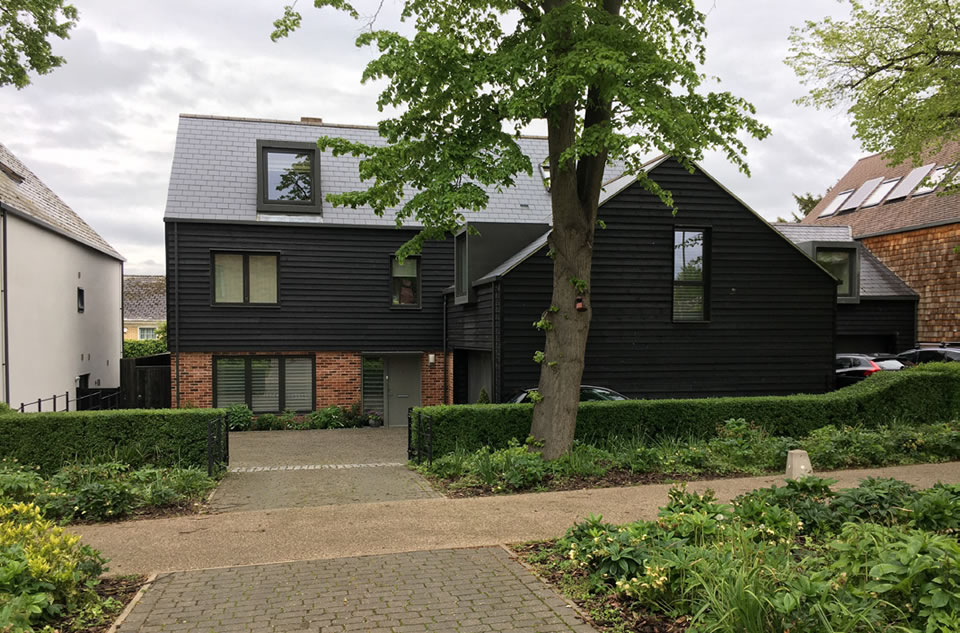
Lifespan Expected Outcome L2
Adaptable to changing needs and evolving technologies
L2.1 Private property such as homes and gardens should be designed to be flexible to adapt to the changing needs of their users over time. This should extend to buildings and public space where possible.
L2.2 Proposed space and access arrangements should be flexible so they can be easily changed to suit the needs of their users over time.
L2.3 All new buildings are encouraged to meet Building Regulations Part M4(2). This has particular relevance to Uttlesford where the population on average is ageing.
L2.4 New developments must demonstrate how they successfully integrate home working into their design. Approaches to co-working spaces should also be outline where applicable
Lifespan Expected Outcome L3
A sense of ownership
L3.1 Developments must engage with local communities in what they want to see on the undeveloped parts of new sites - see process section.
L3.2 Community Engagement exercises should consider how to include ‘hard to-reach’ groups and those not involved in the planning system.
L3.3 Community hubs or communal spaces should be considered from the outset to strengthen identity and cohesion within new settlements.
L3.4 Developments must outline details of contracts for ongoing management and maintenance including the ability for local residents to get involved in the way that their green spaces are managed.
L3.5 New developments should demonstrate their compliance any Neighbourhood Plans, highlighting exceptional local circumstances, or unexpected priorities.
L3.6 The details of any stewardship arrangements will be agreed between Uttlesford District Council, the developers and other stakeholders at the planning stage.
L3.7 In any proposals there must not be any unused or undefined areas of land without a clear purpose or ownership.
Page updated: 20/07/2023
